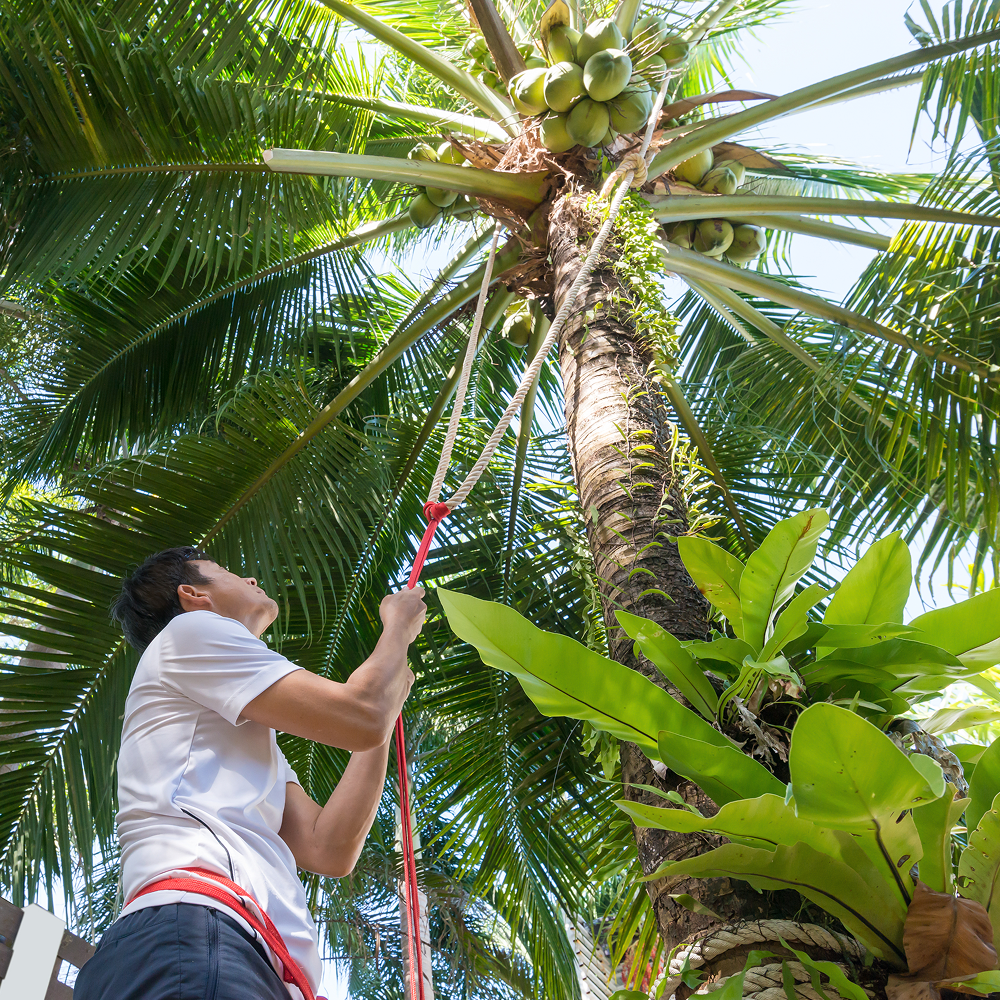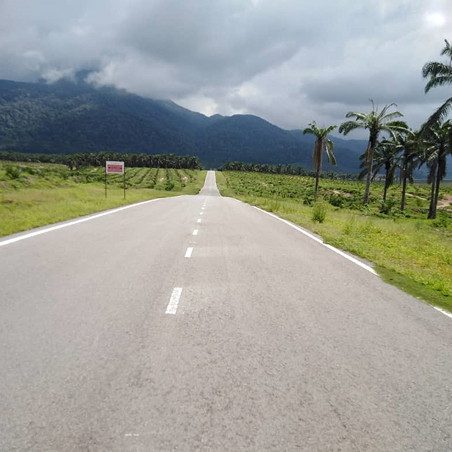

Where Crops Flourish and Livestock Thrive
Sagil Estate, located in Tangkak, Johor, Malaysia, spans approximately 2,665 hectares. While its predominant crop is oil palm, Sagil Estate has diversified into a range of agricultural products. Currently, the estate cultivates more than 10 fruits and also houses a deer farm, both of which attract local and international interest.
Agricultural Products
Avocado
The A25 Avocado Variety (AV01) is highly nutritious, healthy and rich in antioxidants.
Banana
Banana varieties are cultivated like Berangan (BN01), Nipah (BN02), and Red Skin (BN03).
Cempedak
The CH28 Cempedak Variety (CH01) is cultivated and favoured for its solid and sweet fruit.
Ciku
Ciku (CK01), specifically the Subang Variety, which is oval-shaped, medium to large in size, is cultivated for its juiciness, sweetness, and finely textured contents.
Coconut
Often called the ‘Tree of Life,’ several varieties are being cultivated including Pandan Coconut and its seedlings, Malayan Red Dwarf (MRD) Coconut (CN02), Malayan Yellow Dwarf (MYD) Coconut (CN03), Malayan Brown Dwarf (MBD), and Malayan Green Dwarf (MGD).
Durian
The ‘King of Fruits’ is now grown in a larger farm to meet the demand for varieties like Musang King (DN01), 101 Variety (DN02), Red Prawn (DN03), Hor Lor Variety (DN04), Tekka Variety (DN05), Kim Hong Variety (DN06), and Kampung Variety (DN07).
Mangosteen
Known as the ‘Queen of Fruits,’ it is cultivated for its snow-white, juicy, and delicious flesh that is sweet yet slightly acidic. Varieties available are Kampung Variety (MN01) and Crystal Variety (MN02).
Pineapple
The varieties include the MD2 Variety (PN01), favoured for its bright golden colour, sweeter taste, and longer shelf life, and the Yankee Variety (PN02), known for its disease and pest resistance and suitability for juice production.
Rambutan
The R 191 (Anak Sekolah) rambutan variety (RN01), a seasonal fruit, is being favoured for its sweet, thick, and firm flesh.
Soursop
The Yellow Soursop Variety (SP01) is being cultivated, valued for its oval-shaped fruit with a cream-coloured pulp.
Starfruit
Starfruit (SF01) with the B10 clone, is being favoured for its sweet taste, strong aroma, golden yellow colour, and fine texture.
Livestock
Deer Farming
Deer (cervus timorensis) meat, or venison, is naturally low in fat and high in protein, and our locally raised deer, including DR01 (male) and DR02 (female), are personally bred and sold as a healthy alternative to factory-farmed meat.
Contact Us
Sagil Estate
<p>IOI Plantation Sdn Bhd<br>K.B. No. 504 Jalan Segamat-Tangkak,<br>84900 Tangkak,<br>Johor Darul Takzim.</p>
| Tel: (6013) 294 8101 |
Location: 2°18'48.5"N 102°38'24.4"E
